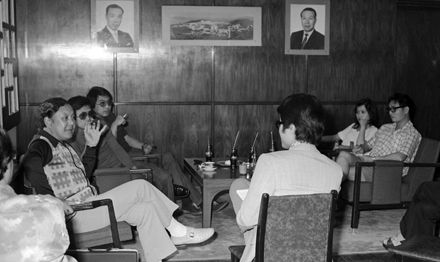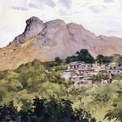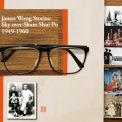
In 1946, Runde Shaw returned to Hong Kong to reclaim ownership of Nanyang Film Studios. He first rented out the studio to Great China Film Company and formed a joint filmmaking venture with it. Later, he terminated the lease and founded Shaw & Sons Limited (Shaw and Sons) in 1952 to produce mainly Mandarin movies for cinemas run by Runme and Run Run Shaw in Singapore and Malaysia. In 1954 and 55, Beyond the Grave and The Orphan Girl won Best Art Direction and Best Child Actor awards in the Southeast Asian Film Festival. Meanwhile, the Shaw brothers built an extensive network of cinemas in Singapore, Vietnam, Thailand and Indonesia until over 100 theatres were under their control.
In post-war Hong Kong, Shaw and Sons faced competition from new-comers to the industry including Great Wall, Fenghuang Film Company and Motion Pictures & General Investment (MP&GI), then funded by Singaporean Tycoon Loke Wen Tho, which were also producing Mandarin films in large numbers. To maintain production quality and a steady supply of films to its extensive cinema network in Singapore and Malaysia, Run Run Shaw moved to Hong Kong from Singapore in 1957 and founded Shaw Brothers (Hong Kong) Limited (Shaw Bros.) in the following year to make its own films. He bought land in Clear Water Bay, and commissioned Eric Cumine, an architect from Shanghai, to design a Hollywood-style studio. The resulting Shaw’s Studios cost over ten million Hong Kong dollars and covered an area of over 650 thousand square feet. It comprised a filming studio, dubbing, screening, audio-recording and film development facilities as well as staff accommodations, making possible an assembly-line mode of production. Of technical personnel (including carpenters, electricians, art directors, audio-recording and camera operators) and screenwriters alone, several hundred were employed. At its peak, Shaw Studios had the capacity to produce up to forty films a year.







